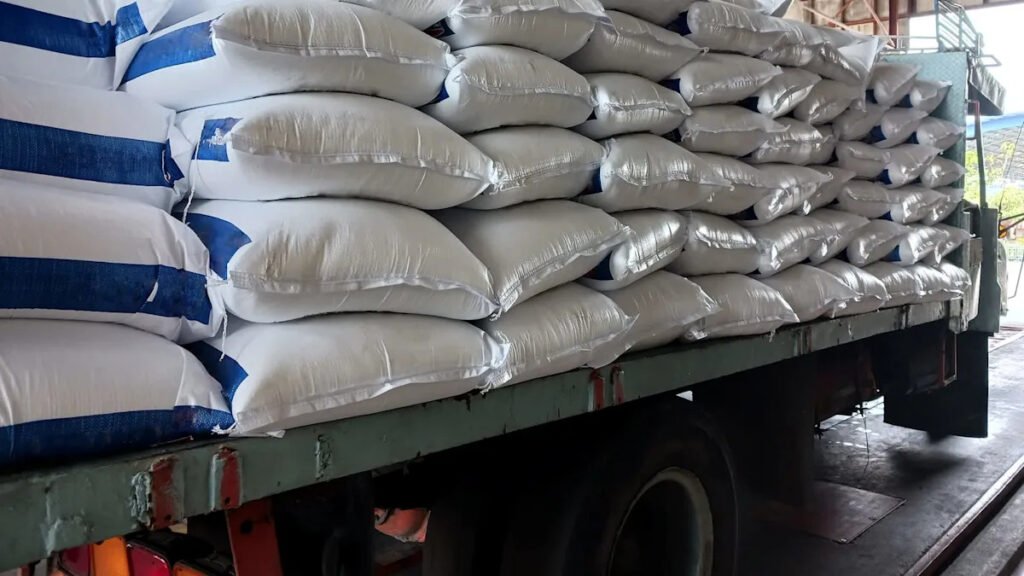Some agricultural fertilizers marketed as sustainable in Europe may not be quite as clean as they seem, reports The Guardian.
An investigation found that ammonia used in fertilizer production is being made in Texas using shale gas, a highly polluting, dirty fuel, despite the green claims from the companies involved.
What’s happening?
Chemical giants Yara and BASF opened an ammonia plant in Freeport, Texas, in 2018, with claims of “cost-efficient” and “sustainable” production, reported The Guardian.
The facility was intended to utilize a low-emission hydrogen byproduct from a nearby plastic plant to produce the ammonia, a key ingredient in commercial fertilizers.
However, an investigation by DeSmog, Data Desk, and The Guardian revealed that the hydrogen used was derived from fracked gas extracted from oil fields in Texas.
The hydrogen used is still a byproduct from the nearby plastics plant, the report said. But the plant’s energy-intensive plastic-making process, which creates that byproduct, is powered by fracked shale gas.
Yara claimed the setup would cut pollution, but experts say it drives up fossil fuel use because the plant must burn more fracked gas to compensate for the hydrogen sent to Yara.
Why is fertilizer production important?
Fertilizer manufacturing produces more pollution than aviation and shipping combined, the report said – and Yara is Europe’s biggest producer. Shale gas, meanwhile, is one of the most environmentally damaging fuels, responsible for the release of toxic pollutants.
Approximately a quarter of the ammonia produced at the Texas site is exported, with the majority destined for Europe to manufacture fertilizer for crops such as wheat and potatoes. In 2023, Ireland got 14% of its fertilizer imports from this source, with the UK and Spain not far behind.
“While fertilizer giant Yara markets ‘green solutions’, it’s actually pioneering new frontiers for fracking and fossil fuels,” he said. “Our food system is becoming Big Oil’s emergency escape hatch.”
Raj Patel, a food researcher at the University of Texas, told The Guardian the investigation “exposes the bitter truth” of the fertilizer industry.
What’s being done about it?
While ordinary people can’t do much about ammonia production or fracking, it is still important to educate ourselves about corporate greenwashing.
Yara has recently invested in “green ammonia” projects powered by renewable energy in Norway and the Netherlands, and claims it has cut its emissions by 45% since 2005.
Still, it closed two major plants in France and Belgium, and the investigation uncovered how its European operations use ammonia from Texas. An ambitious pledge to reduce fertilizer emissions in the European Union was announced in 2021, but efforts have since stalled.
Calls are growing for more systemic solutions, including policies that reduce fertilizer use altogether, not just lower-emission versions of the same model.
Join our free newsletter for good news and useful tips, and don’t miss this cool list of easy ways to help yourself while helping the planet.

